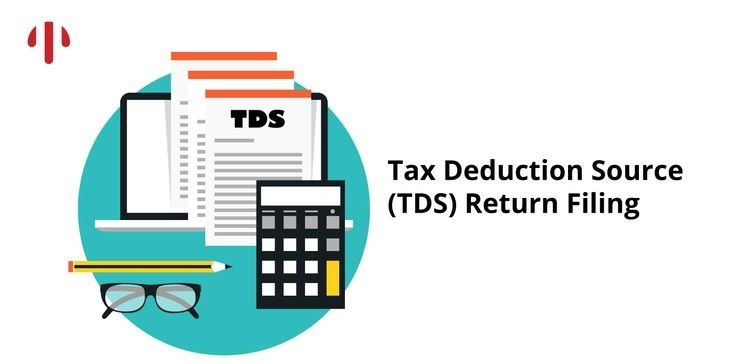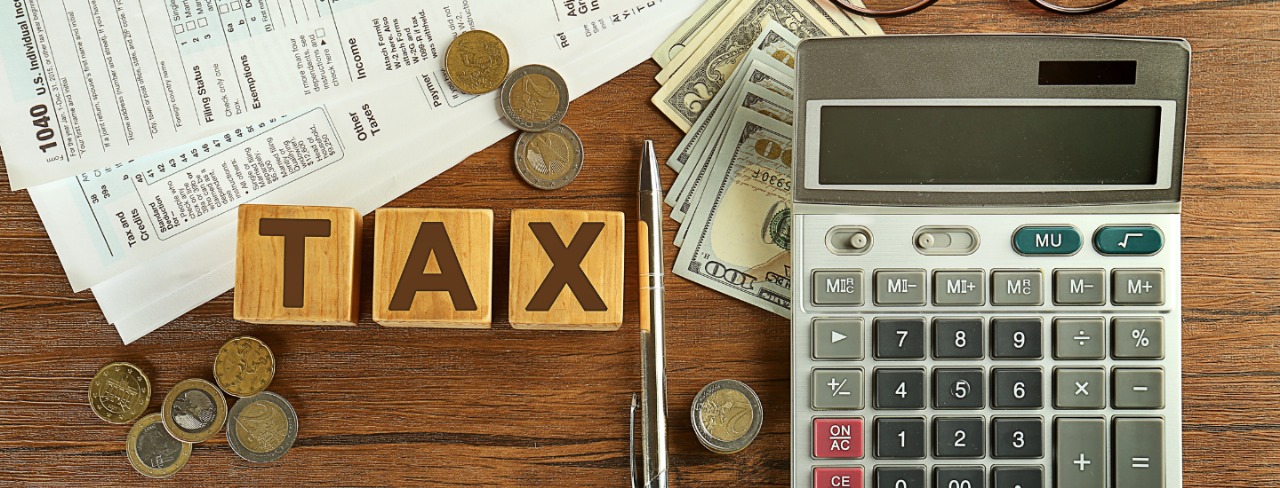
How to Prepare TDS Returns—Get Expert Guidance with YouTax
The tax deducted at the very source of the income is nothing but TDS. Tax Deducted at Source is a concept introduced in order to collect income tax in advance. It can be deducted by any person who makes a payment of a specified nature like salary, interest, professional fees, etc., to any other person. The person making the payment is called a deductor, and the person receiving the payment is called a deductee. The deductor collects the tax at the source and conveys the same to the Government.
The deductee then receives the net amount after TDS deduction. Like every taxpayer, when the deductee files their income tax return with their gross income, the final tax liability is adjusted with the TDS amount. The deductee thus takes credit for the tax paid on their behalf.
Who should deduct TDS?
Any person who makes payments of a specified nature under the provisions of the Income Tax Act, 1961, is liable to deduct tax at source. For most payments, TDS rates are provided in the Income Tax Act. The deductor must deduct TDS according to these rates.
No TDS is required if the payer is an individual or Hindu Undivided Family (HUF) whose accounts are not required to be maintained. However, if such a person pays rent exceeding ₹50,000 per month, they must deduct tax at source, and such deductors need not apply for TAN (Tax Deduction Account Number).
Employers deduct TDS as per applicable income tax slab rates. Banks deduct 10% TDS on interest income if PAN is provided, otherwise 20%. Submission of Form 15G/15H to the bank can prevent TDS if the total taxable income is below the taxable limit.
Examples where TDS should not be deducted:
- Payment to Government agencies
- Interest earned on investment schemes like NSC, VPS, etc.
- On declaration on Form 15G or 15H
- Certificates issued by Income Tax Officer under section 197 of the Income Tax Act
- Interest earned through deposits or savings accounts in cooperative societies
- Exempt income (not chargeable to tax as per income tax law)
What is a TDS Certificate?
TDS certificates detail various transactions between the deductor and deductee. They serve as proof of tax deduction at source and must be issued to taxpayers. These certificates are necessary when claiming credit while filing the annual income tax return.
- Form 16 – TDS on salary payment
- Form 16A – TDS on non-salary payment
- Form 16B – TDS on sale of property
- Form 16C – TDS on rent
How to File for a TDS Return?
Following are the forms one needs to file depending on the nature of the payment and the due dates by which the form has to be filed in order to file TDS and receive the TDS certificate:
- Form 24Q – For TDS on salary payment
Due Date: 31st July (Quarter 1), 31st October (Quarter 2), 31st January (Quarter 3), 31st May (Quarter 4) - Form 27Q – For TDS on payments made to non-residents except salaries
Due Date: 31st July (Quarter 1), 31st October (Quarter 2), 31st January (Quarter 3), 31st May (Quarter 4) - Form 26QB – For TDS on sale of property
Due Date: 30 days from the end of the month in which TDS is deducted - Form 26QC – For TDS on rent
Due Date: 30 days from the end of the month in which TDS is deducted
The filing of TDS is a prolonged process, where various forms have to be filed depending on the nature of the payment made. It is a tedious procedure and can easily go wrong. Therefore, it is recommended to opt for a financial expert while filing your TDS.
Here at YouTax, we assist you to file your TDS without any complications. We provide the best financial expert for the same. You can reach out to us by visiting our website or just give us a call at the following number: +91 9610456254
